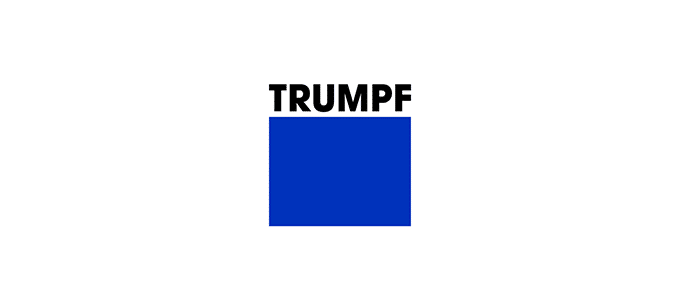Earlier this year, a subsidiary of AMUK member Trumpf obtained a patent in the US, protecting its solution for determining a position of a building platform within a process chamber of an additive manufacturing device. Meanwhile, a corresponding patent application in Europe for the same invention remains pending with the European Patent Office (EPO) over 4 years after filing, highlighting differing approaches between jurisdictions that can prove frustrating for applicants not familiar with the process.
Patents are territorial rights, which means that the exclusive rights granted by a patent are only applicable within the country or region where the patent was filed and granted, and do not automatically provide worldwide protection. Obtaining and maintaining patent protection in every possible jurisdiction is prohibitively expensive, therefore it is important to prioritise applications, for example in markets with high competition or jurisdictions where future products may be manufactured or sold. The scope of protection and how it can be enforced is highly dependent on the local laws, which can vary greatly despite the increased harmonisation of international patent regulations.
Trumpf first filed a patent application for their invention at the EPO in September 2020. As is typical, the application was published around 18 months later in March 2022, and examination was requested in September 2022, however the first examination report is yet to be issued by the EPO. In contrast, a corresponding priority claiming application for the same invention was filed by Trumpf at the US Patent Office (USPTO) in September 2021, examined in October 2023 and granted in May 2024 with very little amendment to the claims as filed.
Although this disparity in timelines can be due to a number of reasons, the differences in practice between the USPTO and the EPO can often be a major factor. Each jurisdiction has different standards for identifying prior art e.g. the USPTO tends to prioritise US patent documents, and there is a legal obligation for an applicant to identify any relevant documents they are aware of. Additionally, although both the USPTO and EPO assess whether an invention is ‘new’ and not ‘obvious’ in light of prior art, the systems have developed into very different tests. The EPO tends to consider the overall idea or principle behind the invention, the closest prior art, and the technical problem the invention solves, whilst the USPTO focuses more on the specific claims in the patent application to determine if they are obvious in light of the prior art.
With this in mind, there are some ways to reduce the time (and cost) associated with obtaining patents in multiple jurisdictions. In this case, had the US application been granted before Examination at the EPO had begun, Trumpf could have requested the EPO application be considered under the Patent Prosecution Highway (PPH) agreement between the two offices. A PPH agreement is a process that allows for faster patent application review. If a patent office in one country has already deemed an application patentable, other participating offices can expedite the review process for the same application; the EPO currently has PPH agreements with 16 countries around the world.
This example alone shows that obtaining the appropriate patent protection can be a complex endeavour, with many potential pitfalls and unexpected challenges. Marks & Clerk has offices around the world, each with locally qualified IP specialists that can guide you through the process and make sure that you make the most efficient use of your IP. If you have any questions about the PPH, or about any other aspect of IP protection, our team of attorneys are always happy to arrange a free, no-obligation chat.
Marks & Clerk advises on all aspects of IP, including patents, trade marks, designs, contracts and contentious matters, and is an associate member of AMUK.

